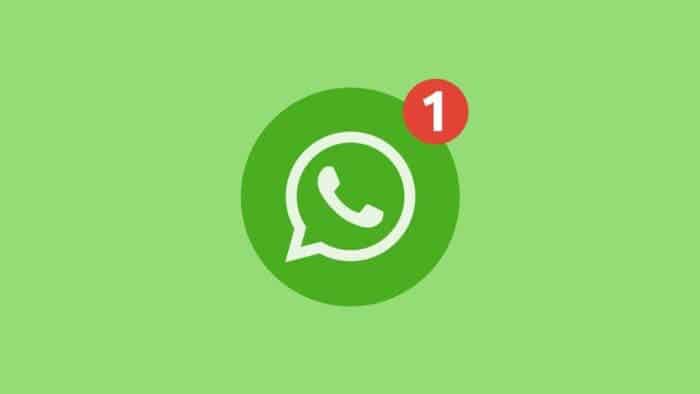WhatsApp operates without charging fees or implementing subscriptions. The messaging application, created by Jan Koum and Brian Acton in 2009, boasts over two billion active users. Despite its seemingly cost-free nature, there’s a curiosity about WhatsApp’s business model. How does WhatsApp generate revenue, and why does it remain free for users?
The Hidden Secrets Behind WhatsApp’s Revenue Model
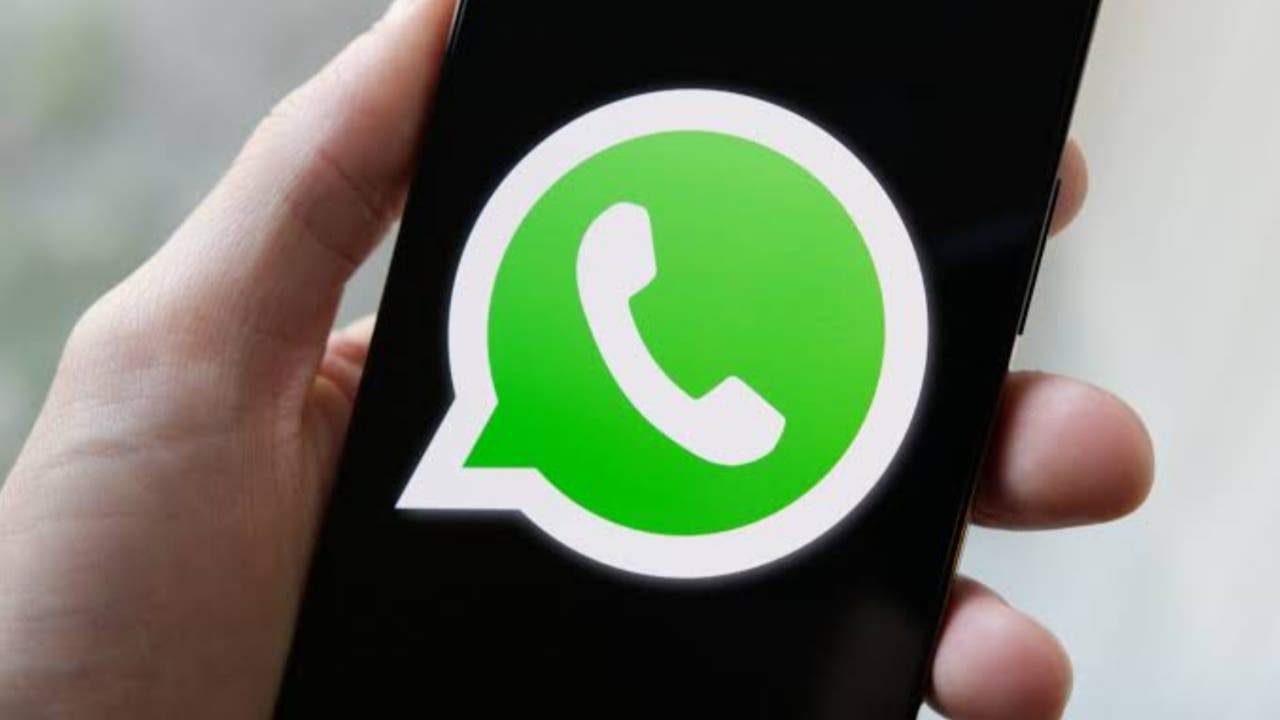
WhatsApp Inc. initiated its financial journey with a $250,000 funding round courtesy of former Yahoo employees who achieved co-founder status. Subsequently, it received two additional financial injections, one amounting to 8 million and the other to 52 million. Initially, these funds seemed adequate for sustaining the application, covering server expenses, and facilitating the sending of confirmation messages to users.
During its initial phase, WhatsApp adopted a subscription model that exhibited some variability. In certain countries, users incurred a one-dollar charge for downloading, while in others, the first year was free, followed by an annual renewal fee of one dollar.
Xataka conducted a study on the payment dynamics of WhatsApp during its early stages. In Spain, initially on iOS, users only had to make a one-time payment for a perpetual license. However, in 2013, a yearly subscription fee of 0.89 euros (later adjusted to 0.99 euros) was introduced for new users on this operating system. Conversely, on Android, a consistent annual subscription fee was always in place, with occasional mysterious auto-renewals. Despite these variations, users found paying these amounts to be highly cost-effective compared to the alternative of sending and paying for SMS messages.
In the absence of official income figures, it was estimated that in 2013, WhatsApp boasted 400 million active users monthly, raking in just over 10 million dollars. By the first half of 2014, its user base surged to 600 million per month, yielding revenue of $15.91 million. Towards the close of 2015, the consulting firm Activate asserted that WhatsApp generated an average annual income of 6 cents per user, although it’s crucial to note that these figures represent income, not profits, and WhatsApp declared losses during those years.
Despite the non-disclosure of WhatsApp’s financial specifics by Meta, which does not provide a breakdown of revenue by company, Forbes estimated a revenue range between $27 and $29 billion for the first quarter of 2022.
The prevailing logic indicates adherence to an initial strategy where WhatsApp prioritized growth over immediate financial gain. Ensuring sufficient income to sustain the day-to-day operations of the application. The focus was on expanding market penetration, making the application indispensable, and fostering a burgeoning user base. When viewed in retrospect, the formula for success appears to be a narrative straight out of a cinematic plot.
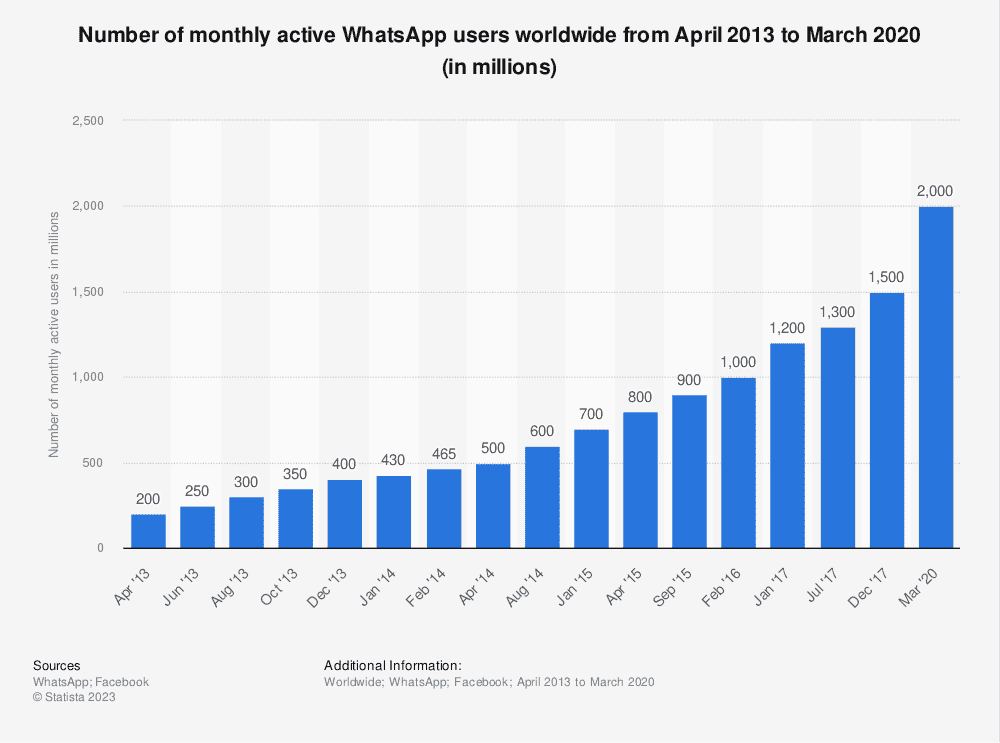
How WhatsApp Makes Millions Without Charging You
In 2016, the titan of advertising, Mark Zuckerberg, made a significant move by acquiring WhatsApp. Facebook purchased the messaging platform for 19 billion dollars, along with additional compensation in the form of Facebook shares, ultimately totaling around 21.8 billion dollars. With this acquisition, Facebook discontinued the practice of charging users the euro fee.
Mark Zuckerberg’s empire now had the most widely-used application at its disposal, providing an unparalleled framework for monetization. Having WhatsApp installed on your phone and actively using it eliminated the need for any convincing efforts.
The acquisition of WhatsApp by Meta made a lot of sense for various reasons, with one particularly enticing aspect being Meta’s access to user’s personal and behavioral data, despite the end-to-end message encryption. This included information like location during app usage and contact lists, all of which proved invaluable given Facebook’s primary business focus on ads.
In a relatively short period, WhatsApp introduced a change in its privacy policy. Acceptance of these terms allowed WhatsApp and Facebook to share certain data, such as phone numbers. While users had the option to accept the terms and disable data sharing, this didn’t guarantee complete immunity from tracking.
From a financial perspective, looking back nine years after the acquisition, official figures might not seem very promising, with only a 10% recovery of the initial investment. However, it’s crucial to view WhatsApp not as an independent entity but as an integral part within the broader Meta framework.
The Story of WhatsApp’s Financial Success
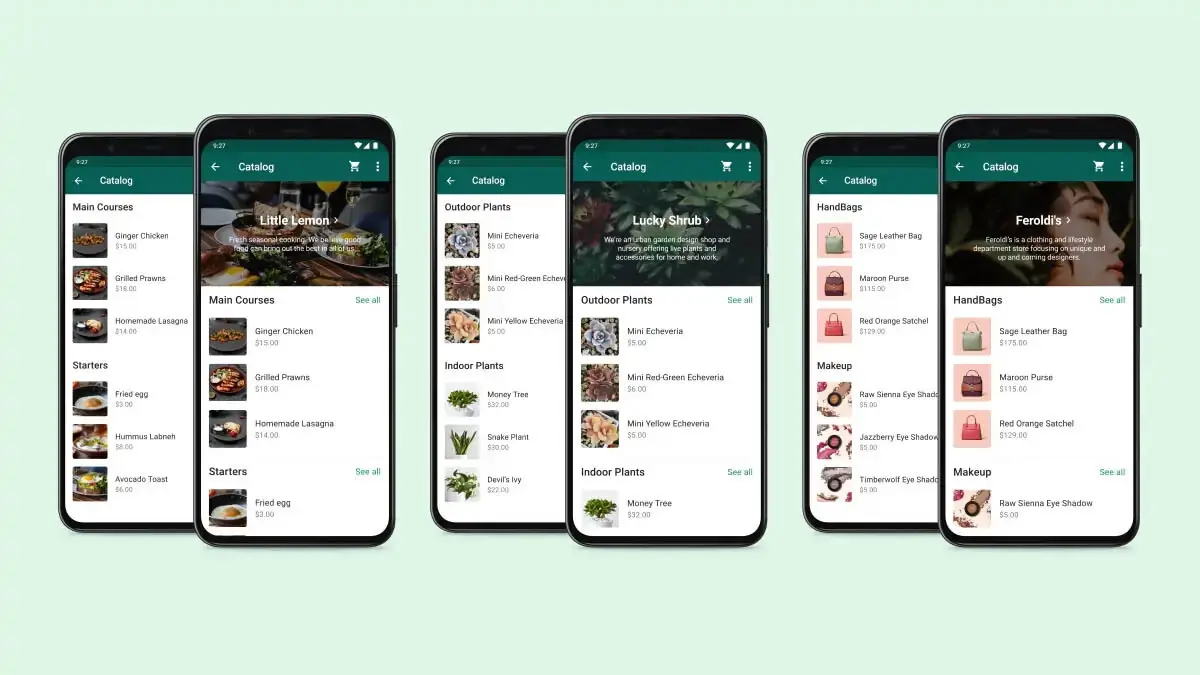
Following Facebook’s acquisition of WhatsApp, the subscription model for WhatsApp was laid to rest, and advertisements were not introduced. The announcement of WhatsApp’s newfound free status included a declaration:
“Starting this year, we will test tools that will allow you to use WhatsApp to communicate with businesses and organizations.”
This marked the advent of WhatsApp Business. Users gained the ability to create business profiles with verification, unlocking features such as business profiles, links to websites or Facebook pages, configuring automatic responses, utilizing landlines, and even integrating the WhatsApp API for Business into their product offerings, adding a significant layer of functionality.
Indeed, the ultimate product in this evolution is the WhatsApp Business API. This tool allows seamless integration of WhatsApp Business into various systems, enabling businesses to engage with their customers through notifications and respond to customer messages via platforms like Zendesk, MessageBird, Twilio, or proprietary tools developed in-house.
To address concerns of spam, Meta implemented restrictions, allowing businesses to send messages only to those individuals who initiated contact. However, the API serves practical purposes, facilitating the transmission of shipping confirmations, appointment reminders, and event tickets. Demonstrating a balance between customer engagement and preventing unwanted communication.
WhatsApp Business imposes charges on companies with over a thousand conversations, billing them per message based on varying rates depending on blocks per million. Additionally, WhatsApp levies fees on businesses for delayed responses. The initial 24 hours post-contact are free, but beyond that, companies are billed between 5 and 9 cents per message, contingent on the country and the nature of the business. Opting for WhatsApp Business without utilizing the API or automated platforms is feasible, especially for small businesses. But it becomes more complex for larger enterprises with millions of customers, such as airlines.
As for WhatsApp Premium, it is set to be an optional subscription for businesses, providing extra tools like the ability to create a product catalog or set up autoresponder messages. The premium feature is still in the deployment phase, and official prices have not been disclosed.
In essence, the reason users don’t pay for WhatsApp is akin to the practice at some nightclubs where women enter for free. It’s a strategic move to ensure a robust user base and engagement.
The WhatsApp Business Model Revealed
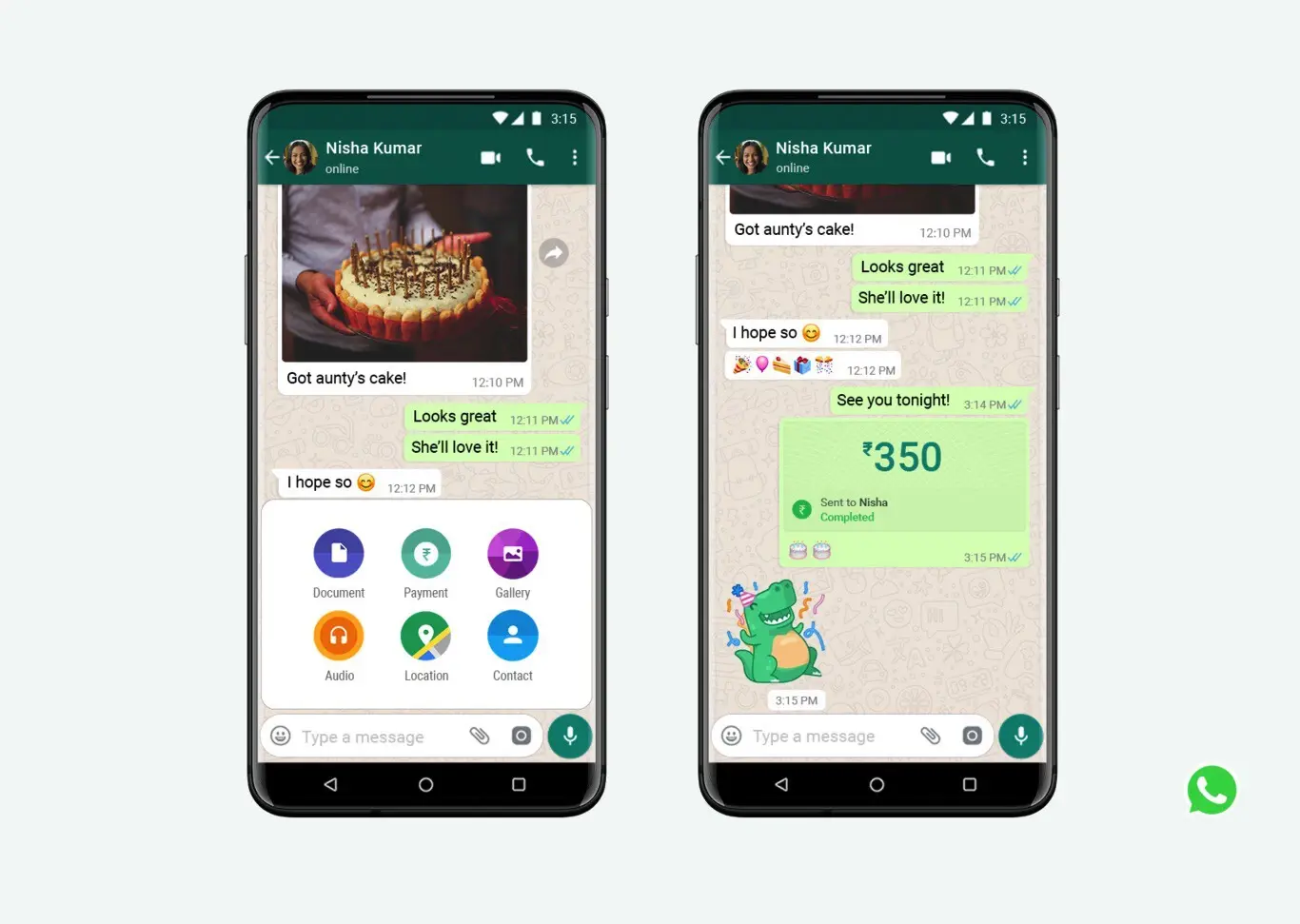
While Meta may have grand plans with the Metaverse and other ambitious projects, WhatsApp remains a beloved application that has secured a prominent place on our smartphones. WhatsApp has already achieved super application status based on its massive user base. But the current challenge lies in evolving into a super app through essential functionalities.
The goal is not just about numbers but also about offering features that make WhatsApp indispensable to users. As the landscape of digital communication evolves, WhatsApp aims to go beyond being a popular messaging platform and become an essential tool by continuously enhancing its range of functionalities.
WhatsApp has introduced a person-to-person (P2P) payment function within the application, currently operational only in India. Mark Zuckerberg has announced plans to expand this feature globally. However, some individuals still avoid it, citing the absence of such an application.
WhatsApp, with its overwhelming presence on smartphones, could eliminate such excuses. However, achieving this expansion requires Meta to comply with the regulations of each country and obtain the necessary permits. In India alone, the process took two years.
For individual users, payments via WhatsApp do not incur any costs, similar to the Bizum model. This feature opens doors for more businesses to join the platform. With a WhatsApp Business profile, companies can showcase products, engage with customers, and even facilitate payments. Completing the entire shopping experience—an alignment with Mark Zuckerberg’s ultimate vision.
As more companies integrate with WhatsApp, it solidifies the platform’s status as a super application not only for users but also for functionalities. The strategy is to offer it free for users to attract more businesses, creating a mutually beneficial ecosystem. The more users there are, the greater the interest from companies to be a part of this expanding network.

